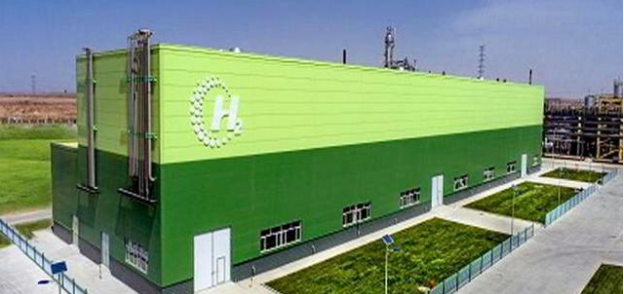China renewing its energy mix for net zero
To shift away from fossil fuels to renewables, China has to reinvent its coal-dominated energy system. China’s net-zero target of 2060 is hugely challenging — not least because the country’s economy and energy demand will continue to grow.
The shift from fossil fuels to renewable energy for electricity networks and hydrogen for heavy industry is also costly and technically complex.Bioenergy and carbon capture and storage are also in the country’s transition plans. President Xi Jinping has called for co-ordinated efforts to increase the proportion of green and low-carbon energy while strictly curbing the expansion of energy-intensive, high-emission and low-standard projects.
Xi has urged accelerated development of new energy sources — such as wind, solar, biomass and hydrogen — and called for fully leveraging market mechanisms, improving carbon pricing and strengthening co-ordination in trading electricity, carbon emission rights and energy.
A recent report issued by European supermajor Shell says that China was responsible for 27% of global emissions in 2019, and that to reach its net-zero targets in 2060, it will need to reduce carbon emissions at a pace faster than any other country. China National Petroleum Corporation (CNPC) says China’s carbon dioxide emissions will peak at 10.6 billion tonnes in 2030. Last year, CO2 emissions rose to more than 11.9 billion tonnes, accounting for 33% of the global total, according to the International Energy Agency.
Decarbonising China will require substantially increasing solar and wind generation from 10% today to 80% by 2060.
Solar and wind will surpass coal to become the largest sources of electricity by 2034, Shell says.
China is already a world leader in renewables deployment.
In 2021, power generation capacity fuelled by renewables increased by 11.6% year on year to about 1000 gigawatts — about 43% of China’s total power generation capacity, with electricity generated by renewables rising 11.4% year on year to 2459 terawatt hours, 30% of the country’s total electricity generated.
Of the around 1000 GW renewable power generation capacity, 345 GW is hydropower, 331 GW wind power, 306 GW solar and 35 GW bioenergy.
The share of hydrogen will rise from negligible levels today to more than 17 exajoules, or 580 million tonnes of coal equivalent per year, by 2060.
It will represent 16% of total energy consumption then, mainly due to its use as a fuel for industry and long-distance transport, according to Shell.
In addition to increased spending, China will require policy frameworks and sustained commitment from government, business and society more broadly to make progress.
“Not only will China need to change how energy is produced, the way energy is transported and consumed will also have to be transformed,” Shell says. “This will involve developing new energy sources combined with new technologies. New economic and commercial models will also be needed to enable their adoption into industries that directly use energy, as well as the transport and buildings sectors.”
Source: Upstream



